Fall’s in full swing, meaning most of us are back into our school and work routines – and reaching for the ear buds. Studies show an increasing number of us are attempting to reclaim personal space in busy offices and school environments by plugging into phones and iPads, using music and podcasts to drown out ambient noise around us and promote concentration.
Whether or not we’re winning the concentration battle is debatable – we’ll leave that to the cognition experts. But how much is this heightened reliance on our own surround-sound harming our hearing? We see the results in our practice every day, and the facts are sobering.
Earbuds versus Headphones
Conventional ear buds have the dubious distinction of sitting inside your ear (as opposed to headphones, which cover the outside), and that poses two problems. Unless you’ve invested in the noise-canceling variety, your ear buds are having to be turned up to much higher levels to drown out ambient noise, while at the same time sitting at a potentially harmful distance to the ear canal. For our teen population, the result has been an increase in reported hearing loss of over 33% since 1994.
How Loud is Too Loud?
When it comes to potential hearing damage from whatever source, noise level and its duration go hand in hand. Take a look at the graphic below for general guidelines:
(chart from http://www.dangerousdecibels.org/education/information-center/decibel-exposure-time-guidelines/)
To put the dB numbers in perspective, vacuum cleaners, city traffic, and noisy restaurants all register at around 85 dB; the maximum level for standard Apple-issued ear buds is just north of 100 dB; an ambulance siren is at 120 dB, and a jack hammer at 130 dB.
How To Listen Safely With Ear Buds
For safer music listening, here’s what we recommend:
- Keep your audio output below 85 dB and – ideally - avoid prolonged use. Basically, 85 dB characterizes any noise that has to be shouted over in order to be heard. If you can’t hear your coworkers – or they can hear your music – it’s too loud.
- Follow the 60/60 rule: that means keeping your volume to 60% for no more than 60 minutes a day. If you’re apt to use ear buds for several hours, then dial that volume down to 30%. If you MUST rock out to that favorite song, keep the volume at a maximum of 50% (and then dial right back down).
- Consider ditching the factory-issue ear buds in favor of noise-cancelling ones, or even full-on headphones. The higher the quality of listening equipment, the lower the volume you need to shut out ambient noise – and the lower the potential hearing loss. Headphones that fully cover the ears might not always be practical (when exercising, for example) but they’re the best product to turn to in terms of being able to rely on the lowest, safest volume while blocking out distractions.
And never sleep in ear buds! Not only does their nighttime use potentially lead to problematic sleep habits, but they can also cause minor injury, especially in children.
Want more information on hearing loss? Head to our website’s Audiology page.


